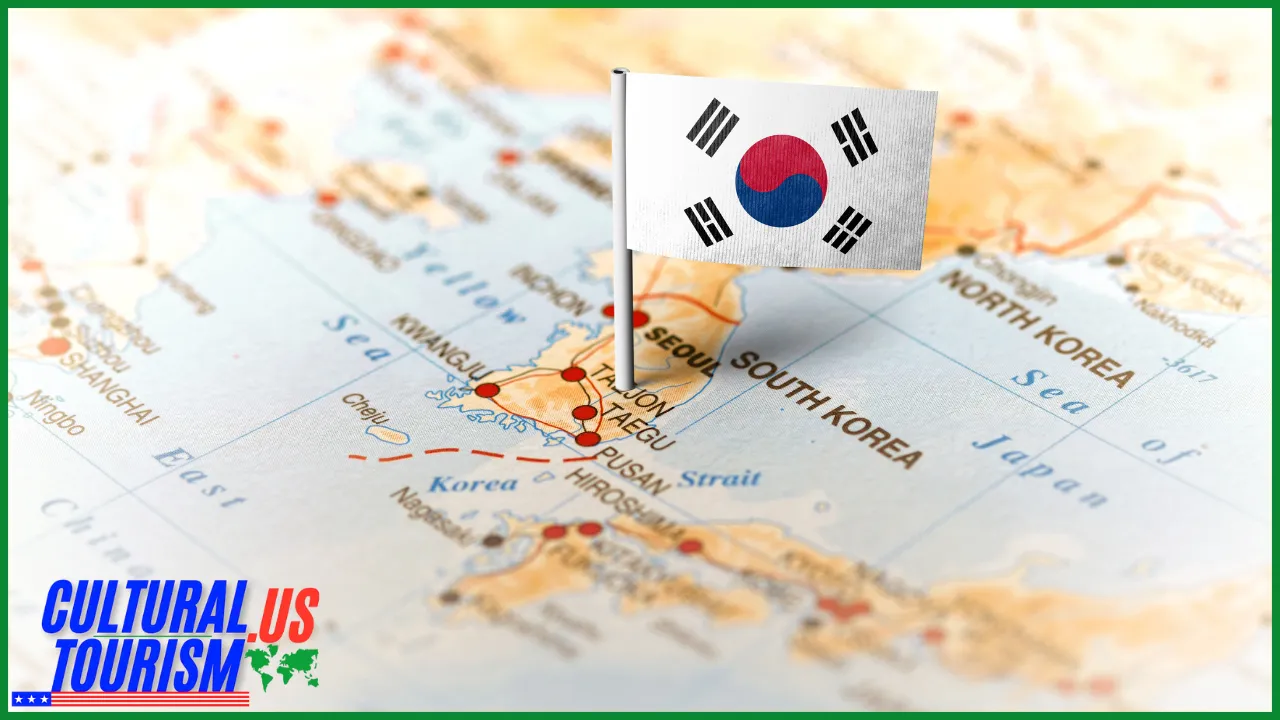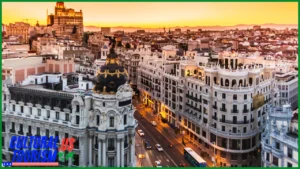Exploring the Timeless Charm of Jeonju’s Hanok Houses
Alright, if you’re reading this, you’re probably on the lookout for a destination that serves up history, culture, and some seriously Instagrammable shots. Welcome to Jeonju, South Korea, renowned for its stunning hanok houses. These traditional Korean wooden homes aren’t just architectural wonders; they give you a delicious taste of Korean culture, all while making you feel like you’ve stepped into a time machine (that’s right, no flux capacitor required).
What is Jeonju and Why Should You Care?
Jeonju is the capital of North Jeolla Province and is often dubbed the birthplace of bibimbap (more on that later). This city might just look like another stop on the map, but let me tell you, it’s bursting with charm and historical significance. The preservation of its hanok houses offers a glimpse into Korea’s past, and who wouldn’t want to experience that? Think of it as living history, but with better food.
The Essentials of Hanok Houses
- Architecture: Hanoks typically feature wooden beams, clay walls, and tiled roofs, all laid out to emphasize harmony with nature. Talk about #goals.
- Room Design: They often have ondol (floor-heating systems), which is a fancy way to say, «your toes will never be cold!»
- Aesthetics: They possess a unique beauty with their curved roofs and open courtyards, almost like they’re inviting you to relax and sip tea.
Diving Into the Jeonju Experience
Ready to embrace your inner cultural traveler? Here’s how to make the most out of your trip to Jeonju:
Step 1: Getting There
First off, you’ll need to figure out how to get to this beautiful city. Jeonju is about a 3-hour train ride from Seoul, so hop on a KTX (the super-fast train) and enjoy the views. Don’t forget to snag a seat by the window — trust me on this one.
Step 2: Renting a Hanbok
Now, let’s talk outfits. You can’t visit Jeonju and not don a hanbok, the traditional Korean attire. You’ll be feeling like a K-drama star as you stroll through the hanok village. Local rental shops will set you up with one for a reasonable price, and if you’re lucky, they might even offer a discount if you show a big smile and a sense of humor (just kidding, but who doesn’t love a friendly face?).
Step 3: Wandering Through Hanok Village
Once you’re all dolled up, it’s time to take a leisurely stroll through the Hanok Village. In this area, you can:
- Explore the various hanoks, some of which are now guesthouses, cafes, and museums.
- Snap photos like it’s your day job—everyone else is doing it, so no shame here!
- Interact with the friendly locals who might even share a fun fact or two about the architecture. Spoiler: They love talking about the beauty of their city!
Step 4: Savoring Local Delicacies
No trip is complete without indulging in the local cuisine. Jeonju is famous for its bibimbap, and let me tell you, it’s not just any bibimbap. We’re talking about a mouth-watering, colorfully arranged dish that’ll make your taste buds dance. Head to a local market or restaurant, and don’t skimp on the gochujang (spicy red pepper paste) — it’s basically a rite of passage.
Step 5: Cultural Attractions
To really soak in the culture, check out these must-see spots:
| Attraction | Description |
|---|---|
| Jeonju Hanok Village | The main attraction, of course! Offers a glimpse into traditional Korean life. |
| Gyeonggijeon Shrine | A beautiful shrine housing the portrait of King Taejo, the founder of the Joseon dynasty. |
| Jeonju Traditional Wine Museum | Learn about Korea’s traditional alcohol, and sample some too. How’s that for cultural immersion? |
Tips for a Flawless Adventure
If you want to take your trip to the next level, here are some pro tips:
- Try to visit during the spring or fall when the weather is just perfect. Jeonju dressed in cherry blossoms or fall foliage? Yes, please!
- Don’t miss the night views of Hanok Village. The soft lighting makes everything look absolutely magical.
- If you’re a fan of street food (who isn’t?), grab some bindaetteok (mung bean pancakes) from local vendors. Your stomach will thank you.
Common Mistakes to Avoid
As you pack your bags, keep in mind that:
- Don’t rely solely on English. While many locals speak it, learning a few basic Korean phrases can work wonders.
- Skip the tourist traps if you can. Seek out the smaller eateries and shops for that authentic vibe.
Wrap It Up With a Bow
Visiting Jeonju’s hanok houses isn’t just about stepping back in time; it’s about connecting with a vibrant culture that still thrives today. So, go ahead and book that ticket! Remember, life is short, and adventures await. If you found this guide helpful or if it at least made you chuckle, feel free to share it with your travel buddies. Safe travels, and may your path be filled with fantastic food and unforgettable experiences!
Before You Go: Essential Tips for Your Jeonju Adventure
| Tip | Description |
|---|---|
| Currency | The local currency is the South Korean Won (KRW). Make sure to have some cash on hand; not all places accept cards and your travel buddy’s wisecracks won’t pay for your bibimbap. |
| Time Zone ⏰ | Jeonju operates on Korea Standard Time (UTC+9). No daylight-saving madness here; just straight-up time! |
| Weather ☀️❄️ | Expect four distinct seasons! Spring and fall are mild and beautiful, but summers can be hot and humid, while winters can get quite chilly. Dress accordingly unless you fancy looking like a popsicle! |
| Transport | Getting around Jeonju is easy. Use local buses or taxis, but don’t forget that walking is your best friend when exploring Hanok Village. Just make sure not to walk into a hanok! |
| Language ️ | Korean is the main language, but don’t fret if you don’t speak it. Locals are generally friendly and you can get by with gestures and a smile—bonus points for trying to learn a few phrases! |
| SIM Card | Grab a local SIM card upon arrival for internet access. Trust me, Google Maps will be your lifesaver. Seriously, without it, you might end up in a very confusing episode of «Lost in Translation.» |
| Local Etiquette ♂️ | When entering a hanok or a traditional home, take off your shoes—it’s a sign of respect! Treat the houses like your grandmother’s place; no muddy shoes allowed! |
| Public Restrooms | They’re around, but some might be squat toilets. Always carry some tissue as not all places provide it. Consider it your very own travel adventure! |





